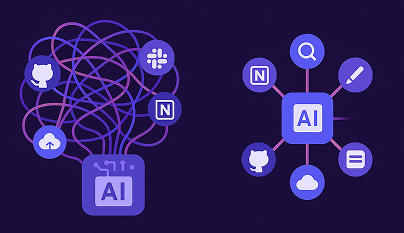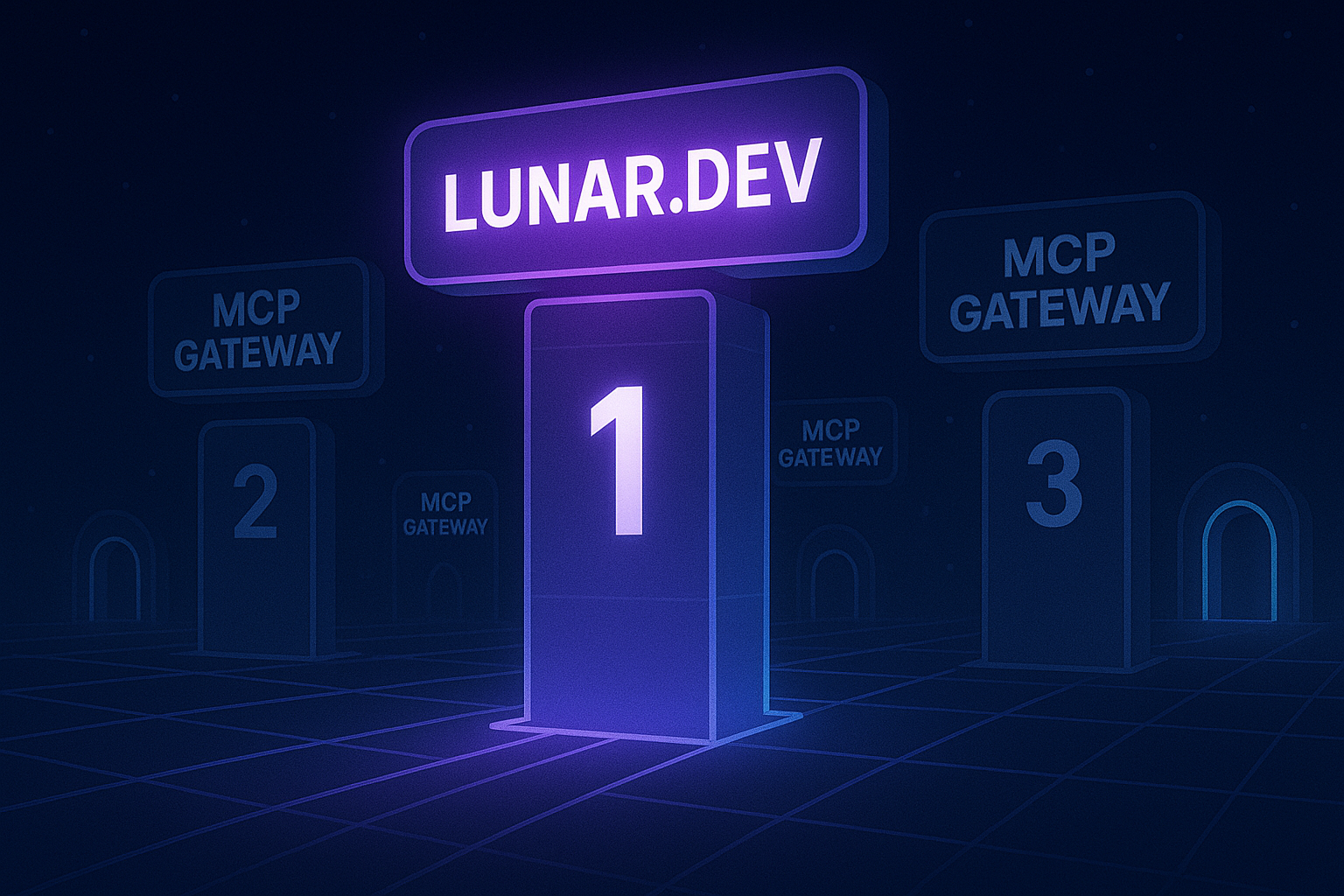.webp)
Understanding Developer Needs: A Deep Dive into API Consumer Pain Points
As product managers in the universe of DevTool Platforms, we navigate a constellation of challenges and rewards. In this blog post, we set our sights on understanding API consumers and their pain points. We explore the complexities faced by developers and the importance of empathizing with their needs. Our mission at Lunar is to craft impactful solutions that cater to the unique requirements of developers, ensuring seamless integration and product management success. 🚀🌌🛰️
Introduction: A Deep Dive into API Consumer Pain Points
Being a product manager can be both rewarding and challenging. We are often pulled in multiple directions, from writing detailed specifications to managing timelines and coordinating with various teams. The pressure to execute efficiently sometimes leads us to focus more on the technical aspects of product development, and we might unintentionally overlook the critical step of understanding the users - the developers in this case.
As product managers, it's essential to remember that our primary role is to serve our users - at Lunar, those are the developers who rely on APIs to build incredible applications. Understanding their needs and pain points is not just an additional task; it's the backbone of successful product management.
In this blog post, I will share some of the obstacles we technical product managers face, the importance of understanding user needs, and how it relates specifically to API consumers.
Welcome to the Dark Side of API Consumption
As a product manager in the fast-paced world of API-first companies, I have witnessed the increasing reliance on APIs by developers across various industries. From location services and payments to email integration, APIs play a crucial role in extending software capabilities beyond internal resources, enabling seamless integration with external services. However, as much as APIs empower developers, they also present unique challenges and pain points in the consumption process.
Let’s face it - the first thing developers encounter in regards to consumption issues are hurdles due to inadequate documentation.
Insufficient or poorly structured documentation makes it challenging for developers to understand an API's functionalities and integrate them effectively into their applications. Moreover, the documentation can be complex for quick understanding, requiring developers to invest extra time and effort to gain the needed knowledge on how to use them.
That’s not a one-time job to be done, in order to keep maintaining the liveness of 3rd party API integrations, developers are required to keep themselves up to date with the latest technologies, frameworks, and best practices. In most cases, those tasks are not the primary focus of developers' current sprints. They can be overwhelming, impacting developers' productivity and efficiency as they constantly strive to acquire new skills to consume APIs effectively.
OK. Now everything is up and running....
You’re getting the feeling that you can go back and focus on your most interesting tasks, but your manager suddenly decided that this API Integrations' performance is top priority now. Engineering teams are often collecting and visualizing key metrics for gaining the needed picture, for ensuring such resilience.
While basic metrics such as latency, uptime, and error rates are relatively easy to collect, generating more advanced metrics can be a complex task. Developers need to understand an API's performance in terms of factors like data anomalies, costs, and privacy concerns to optimize their applications and provide an exceptional user experience.
Problem Space vs. Solution Space
Customers don’t care about your solution. They care about their problems - Dave McClure
Imagine you are an astronaut exploring the vastness of outer space. Your mission is to discover new planets. The space you are navigating represents the problem space, encompassing all the potential destinations and places you could explore.
Now, within this problem space, you receive a signal from mission control about a mysterious and planet detected in a specific direction. This object represents a particular problem you need to investigate further. As you head towards that direction, you enter the solution space, which consists of all the possible routes and approaches you can take to reach and study the object.
The significance of the problem space in this scenario becomes evident. It serves as your compass, guiding you through the vastness of space, ensuring that you stay on track and focus your efforts on meaningful exploration. Without a well-defined problem space, you might wander aimlessly or miss out on exciting discoveries.
As a Product Lead at Lunar, I wanted to label our different planet groups, which can be referred as galaxies, as much as possible. When mapping our space, we’ve interviewed more than 100+ developers and tech leaders, and were able to segment our unique problem space into the following three pillars:
- [Technical] The increasing number of APIs available and the growing reliance of businesses on 3rd party APIs is leading to a rapidly increasing complexity in the way these APIs are managed.
- [Operational] Organizations consuming 3rd-party APIs face challenges of inefficiency and unreliability, which can impact the performance and functionality of their systems.
- [Risk] As organizations rely on an increasing number of 3rd party APIs, they face challenges in managing the security and privacy risks associated with the sensitive data exchanged through these APIs.
It’s interesting to note that not all developers need to explore all planets as their main objective. Meaning, not all problems are alike, but almost any one of them could be added to one of the mentioned pillars.
Is That Enough?
The short answer is no. As a product manager, our responsibilities extend beyond initial assumptions. While understanding developer needs and pain points is crucial, it's only the beginning of the journey towards building a successful product. Here's what else we need to consider:
- Continuous Validation: Understanding developer needs is an ongoing process. It's not enough to gather insights from a few developers; we must continuously validate our hypothesis with a broader range of API consumers. Conducting comprehensive market research, SEO research, and user surveys can provide invaluable feedback to fine-tune our product strategy.
- Prioritization: We'd love to solve all the problems, but reality dictates that we must prioritize. As a product manager, it falls on us to make the tough calls. We need to analyze the data, weigh the impact, and align our product roadmap with the most critical needs of developers.
- User Empathy: It's not just about understanding developer needs; it's about feeling their pain points in our veins. Putting ourselves in their shoes enables us to develop a more meaningful and impactful product. We need to comprehend the jobs our solution can be hired for and understand when it complements existing tools rather than replacing them.
In Lunar's case, we realize that our solution is not just about replacing old software but also assisting with internal tool management. Embracing this perspective allows us to craft a more holistic approach to address developer needs effectively.
Addressing Developer Needs with Lunar
With Lunar, we expand the options for engineering departments, increasing the number of 3rd party APIs organizations can rely on. This broadens the pool of resources and services accessible to developers, unlocking a world of possibilities.
Lunar's advanced observability features empower engineering managers to gain deeper insights into API performance and usage. This enhanced visibility enables more informed decisions on API optimization, resource allocation, API costs reduction, and orchestration possibilities. Understanding how APIs perform improves overall system performance, leading to better user experiences and increased efficiency.
Simplifying API consumption management, Lunar saves valuable engineering time and effort. With streamlined workflows, intuitive interfaces, and automated processes, developers can focus on core tasks, boosting productivity and delivering high-quality applications faster.
Conclusion
As product managers, our journey is not just about problem-solving; it's about enabling developers to thrive in the API-first landscape with confidence, innovation, and excellence. By aligning our product strategy with their pain points, we create meaningful solutions that cater to their specific needs. Even when they’re off on a mission in space, we’ve got the toolkit to cover their issues or prevent their next incidents.
Ready to Start your journey?
Manage a single service and unlock API management at scale






